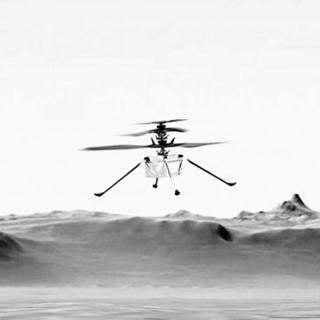Scientists have found a black hole that isn’t just the smallest one ever discovered, but also the closest to Earth.
The black hole is located within the Milky Way galaxy — and is 1,500 light-years from here, in a constellation named Monoceros — Greek for a ‘one-horned rhinoceros.’ As a nod to the black hole’s uniquely compact size as well as the constellation’s name, scientists have named it ‘Unicorn.’
And while black holes are rather common in the universe, as are their discoveries, what makes this one unique is that it has been so close to us, and yet managed to stay undetected. Reportedly, scientists never paid much attention to it because they didn’t think a black hole could be so small — black holes generally have a solar mass (a unit of measurement) of 5 and higher — which means they are at least five times the mass of the sun. The Unicorn, on the other hand, is just 3 solar masses, or three times the mass of the sun.
“When we looked at the data, this black hole — the Unicorn — just popped out,” Tharindu Jayasinghe, who is pursuing his Ph.D. from the department of astronomy at the Ohio State University in the U.S., and led the study, told the press.
Related on The Swaddle:
NASA Remotely Operates the First Helicopter Flight on Mars
In the past, scientists had noticed a giant red star in the sky being tugged by something — as if it was “dancing with an unseen partner,” Jonathan O’Callaghan, a science journalist, wrote in Quanta Magazine. However, no one besides Jayasingle stopped to think this invisible partner could indeed be a black hole.
Soon to publish in the Monthly Notices of the Royal Astronomical Society, the study focused on this ‘unseen partner’ armed with Jayasighe’s hypothesis, and analyzed data from a wide array of telescopes and satellites. Based on the velocity of the red star, its orbital period, and the gravitational pull it appeared to be experiencing, the researchers concluded it could be a black hole, and determined its curious solar mass.
“Just as the moon’s gravity distorts the Earth’s oceans, causing the seas to bulge toward and away from the moon, producing high tides — so does the black hole distort the star into a football-like shape with one axis longer than the other,” Todd Thompson, professor of astronomy at Ohio State University, who co-authored the study, said in a statement.
“The simplest explanation is that it’s a black hole,” he added, “and in this case, the simplest explanation is the most likely one.”




